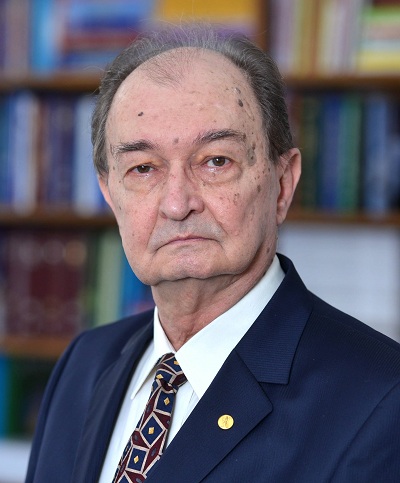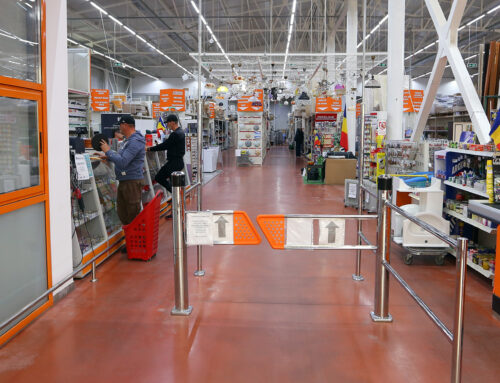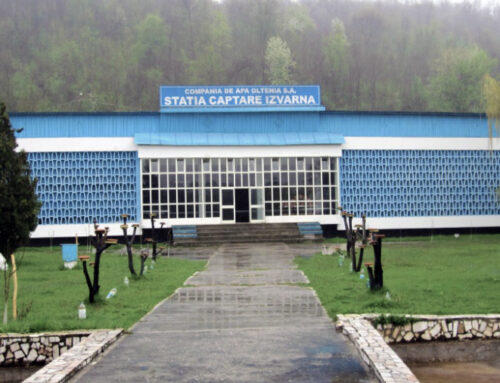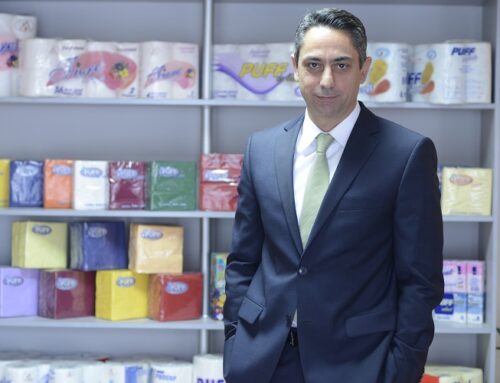The prestigious Romanian Academy, founded 150 years ago, now has 181 members and many honorary members, including Pope John Paul II and 45 Nobel Prize winners from all over the globe. Dedicated to expanding scientific understanding, promoting culture and forging strong links with scientists worldwide, the Romanian Academy exemplifies Romania’s internationalism and respect for knowledge. Vice President Bogdan C. Simionescu, a prominent researcher and university professor in polymer science, discusses Romanian Academy’s current activities.
European Times: What happened to the Academy during the communist period?

Bogdan C. Simionescu: Under the communist regime, our researchers and scientists pursued knowledge even at personal risk. Starting 1969, the Romanian Academy was stripped of its institutes and ceased to be the national fountainhead of creation and research in science, academia and the arts, although it had played this role successfully for over a century. Our scholars and scientists continued their work in spite of this, and since the fall of communism, the Romanian Academy has been reborn. It is once again ranked the highest scientific and cultural authority in the country, bringing together national leaders in science, technology, education, culture and the arts, and representing the creativity of our nation. The Academy, which is financed by the state but independently run, now has 67 institutes, centres and other research facilities throughout the country, all staffed by highly trained researchers and equipped with the latest technologies.
European Times: What are the Academy’s current research priorities?
Bogdan C. Simionescu: We are focusing on European projects and aiming to integrate Romanian research into the European Research Area. Our “Petru Poni” Institute of Macromolecular Chemistry, where half the researchers are under age 40, has already completed more than 20 EU projects, and we have helped Romania earn a very good reputation for its ability to perform advanced research for half the costs required in western countries. Romania is making progress every day, for example in the ICT sector where our country is now a hub. The Romanian Academy aims to position Romania as a hub for R&D, as well. With projects like ELI-NP and Danubius, Romania’s research institutions are attracting more and more international attention.
European Times: What is your personal message to potential partners?
Bogdan C. Simionescu: Romanians are highly educated, hard-working, and very creative. Another competitive advantage for investors is that in my country research activities are supported by passion. I welcome potential partners to visit us in Romania and see for themselves the contributions we can make to European research. The Romanian Academy represents a very reliable, advantageous partner.




